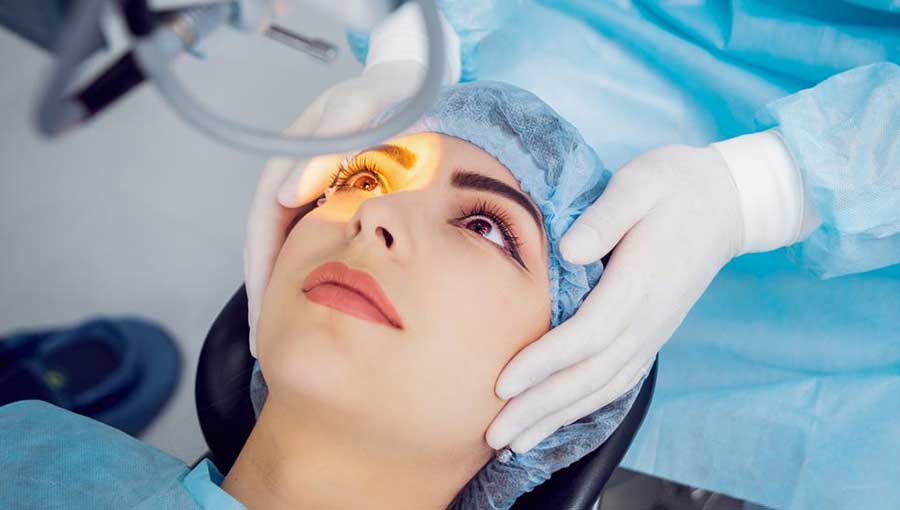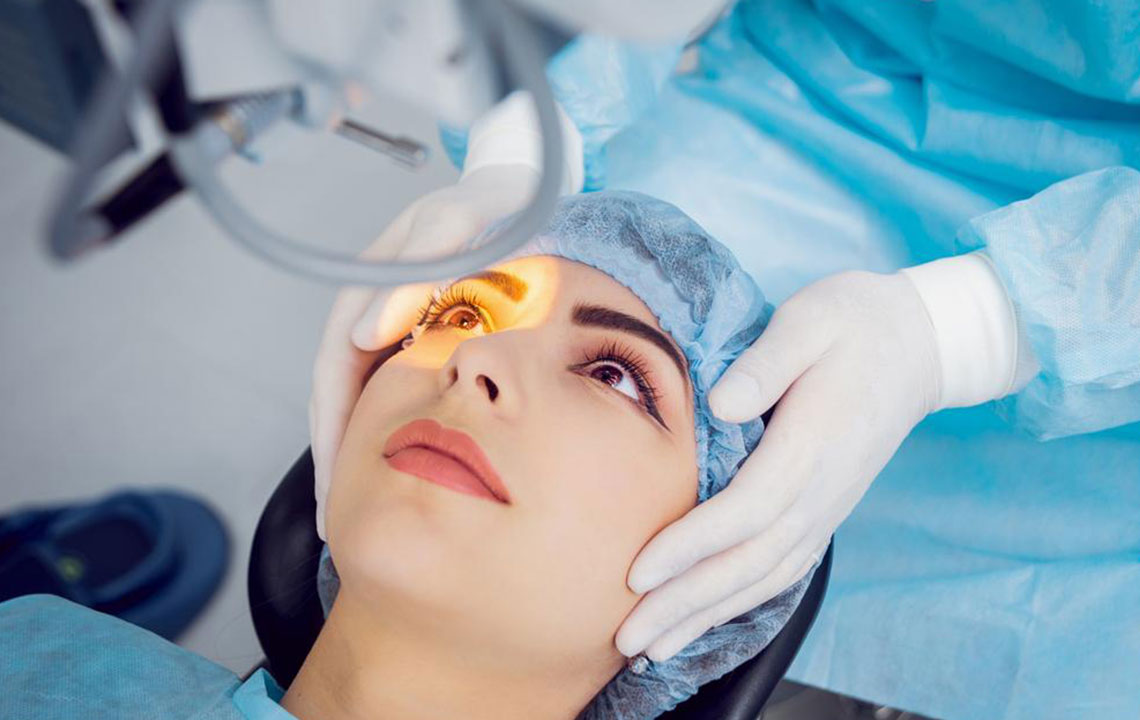Comprehensive Guide to Cataract Surgery: Essential Facts and Preparation Tips
This comprehensive guide covers everything about cataract surgery, including costs, insurance options, potential risks, and preparation tips. It aims to help patients make informed decisions and ensure a smooth surgical experience, leading to better visual recovery and enhanced quality of life.

Comprehensive Guide to Cataract Surgery: Essential Facts and Preparation Tips
Cataract surgery has become one of the most common and successful medical procedures worldwide, helping millions regain clear vision and improve quality of life. If you're considering this procedure, understanding the costs, what to expect before and after surgery, potential risks, and how to prepare can make the journey smoother and more predictable. This article provides an in-depth look into everything you need to know about cataract surgery, including financial considerations, medical information, and preparatory steps to ensure optimal outcomes.
Cataract surgery is primarily performed to remove the clouded lens from the eye and replace it with a clear artificial lens called an intraocular lens (IOL). The procedure has evolved significantly over the years, with technological advancements making it safer, faster, and more effective. As with any medical procedure, understanding the costs involved, the risks, and how to prepare can help reduce anxiety and improve recovery times.
Understanding the Costs of Cataract Surgery
The financial aspect of cataract surgery is a common concern for many patients. In 2017, the average cost for this procedure ranged from approximately $3,600 to $6,000, depending on various factors such as geographic location, surgeon expertise, and the technology used. If you lack insurance, these costs are typically borne out-of-pocket, making it essential to plan financially ahead of time.
The type of intraocular lens (IOL) implanted significantly influences the overall expense. Basic monofocal IOLs, which correct vision primarily for one distance (usually far), were priced around $3,599 in 2017. These are often more affordable and may be fully or partially covered by insurance plans. Premium lenses, which can correct multiple distances (such as astigmatism or presbyopia), tend to be more expensive, ranging from $4,600 to $5,900, and usually require patients to pay the difference out-of-pocket.
Despite the cost, many insurance providers offer coverage for cataract removal procedures, especially for standard IOLs. It's advisable to check with your provider beforehand to understand your coverage options. Moreover, some clinics offer financing plans or discounts for self-paying patients, making these advanced procedures more accessible.
Insurance and Payment Options for Cataract Surgery
Most health insurance plans, including Medicare, typically cover the core aspects of cataract surgery, reducing the financial burden for patients. However, coverage for premium lenses and advanced surgical procedures varies. Usually, standard monofocal lenses are covered or partly reimbursed, while premium lenses, which involve more complex technology, often require additional out-of-pocket expenses.
Patients should verify their insurance policies and discuss payment plans with their healthcare providers to avoid surprises. Some hospitals and clinics provide itemized estimates before the procedure to clarify costs. Lastly, hospital discounts, healthcare credit plans, or medical loans are optional avenues to manage the financial aspects effectively.
Risks Associated with Cataract Surgery
While cataract surgery boasts high success rates, it’s not devoid of risks. Being aware of potential complications helps in making an informed decision and preparing for possible outcomes. Common risks include:
Loss of visual acuity—although rare, some patients may experience less improvement than expected.
Secondary cataracts—clouding of the lens capsule, which may require an additional laser treatment called YAG laser capsulotomy.
Bleeding or swelling inside the eye, which may necessitate further medical intervention.
Inflammation and infection, which can usually be managed with medication if detected early.
Glaucoma or eyelid issues, such as drooping eyelids (ptosis) or increased intraocular pressure.
Displacement or dislocation of the artificial lens, sometimes requiring surgical repositioning.
Retinal detachment, a serious complication that requires immediate attention.
How to Prepare for Cataract Surgery
Proper preparation for cataract surgery can significantly influence the procedure's success and recovery. Here are essential tips to help you get ready:
Complete preoperative assessments: Undergo all necessary eye tests to evaluate your overall eye health, determine the best type of IOL, and identify any underlying conditions that could impact recovery.
Medication management: Discontinue certain medications, such as blood thinners or aspirin, as advised by your ophthalmologist, to reduce bleeding risks during surgery.
Follow medication instructions: Use prescribed eye drops before the procedure to minimize the risk of infection or inflammation.
Fasting guidelines: Avoid eating or drinking for about 12 hours before your surgery to prevent complications related to anesthesia.
Arrange your transportation and post-surgery care: Since vision may be blurry immediately after surgery, plan to have someone accompany you to and from the facility, and organize a quiet, comfortable space to rest at home.
Plan for recovery: Postoperative care involves using prescribed eye drops, avoiding strenuous activities, and attending follow-up appointments. Be prepared for a few days of limited activity and monitor for any signs of complications.
Post-surgery, many patients find benefit in using reading glasses, especially if only monofocal lenses are implanted. Discuss your vision correction preferences with your doctor prior to surgery.
In conclusion, cataract surgery is a highly effective procedure that can restore clear vision and significantly improve quality of life. By understanding the costs, risks, and preparation methods, patients can approach the surgery with confidence, ensuring the best possible outcomes.





